10 Ways Art Can Improve Your Writing
Writing and the visual arts may seem different, but at their cores, both are about good storytelling.
I’m a life-long art junkie. I took my first drawing class when I was in kindergarten, have a degree in Fine Arts from Vanderbilt University, and sketched the Old Masters in the great museums of Europe. This year, I published a bestselling art historical novel, Oil and Marble: a Novel of Leonardo and Michelangelo. I consider Leonardo and Michelangelo and Vincent and Pollock and O’Keeffe my dearest companions. They teach me how to be a better artist — and writer — every day.
So here are ten ways painting has taught me to be a better writer:
-
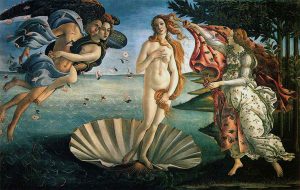
Sandro Botticelli. Birth of Venus. Uffizi Gallery Museum, Florence. http://www.uffizi.org/artworks/the-birth-of-venus-by-sandro-botticelli/
Show Don’t Tell: In a single frame of action, Emanuel Leutz told the story of Washington crossing the Delaware; Botticelli showed us the birth of a goddess; Leonardo captured the moment Jesus said: “One of you will betray me!” at the Last Supper — someone spoke, and Leonardo still didn’t use words. When writing, it’s easy to fall into that clichéd trap of telling the reader what’s going on. To fight against this trap, study paintings to see how artists use specific visual details to tell their stories.
- Find Balance: Painters like Raphael achieve perfect balance in their work while others, like Thomas Dewing in The Piano, strive to upend it. Apply this concept to your writing. Does your opening balance out your ending? Is there balance between description and dialogue? Or does your story require an imbalance of light and dark, good and evil, time and space? Your writing will improve just by considering the question.
- Pick a Pallet: Look at the difference in the colors of Van Gogh’s The Starry Night, Rembrandt’s Night Watch, and Klimt’s portrait of Adele Bloch-Bauer. Each artist chose a pallet and stuck with it throughout the composition. As a writer, pick your pallet (a writer’s pallet is your tone, genre, writing style, rhythm) and stick with it throughout the piece. (Feel free to pick a different pallet for a different story – all the best artists do). If you stick to your pallet, your story, no matter how wild, will hold together.
- Keep it Interesting: No one looks at a boring picture for very long. Artists keep the visuals interesting. The eye darts around, taking everything in. If you make your story as interesting as Michelangelo’s Sistine Ceiling, Picasso’s Guernica, or Hieronymus Bosch’s The Garden of Earthly Delights, your readers won’t be able to put your book down.
- Find the Humanity: Artists are masters at pulling us into the psychology of their subjects. Don’t we all feel like Munch’s The Scream sometimes? Or as eager to connect as Vermeer’s Girl in the Pearl Earring? Or as lonely as Hopper’s Nighthawks? Great art teaches you how pull people into a human story and touch your audience on a basic, emotional level.
- Copy the Old Masters: Apprentice artists are taught to copy the Old Masters. First learn to draw like Leonardo, use light like Monet, and manipulate paint like Pollock. Before you can find your style, you must become a master of what has come before. I don’t know why writers shy away from this tradition. It’s invaluable practice. Write a story like Bronte. Another like Hemingway. Challenge yourself to write like Gertrude Stein or e.e. cummings. You won’t lose yourself by copying others. You will learn to write like a master.
- Then Develop Your Distinctive Style: After you’ve copied your way to mastery, learn to trust your own voice. When we visit a museum, my husband makes me identify the artist before I see the name. Often, I’m right. Not because I’m smart, but because it’s easy. A Van Gogh looks very different from an O’Keeffe or Dali. Hone your own style as a writer. People will read your work because of the way you see the world. You’re unique. That’s your biggest gift.
- Start with an Outline: I know some writers just sit down and write, but painting has taught me the importance of an outline. Great painters take time to plan their compositions. Even the geniuses of the Renaissance — Michelangelo, Leonardo, and Raphael — outlined first. I spend months researching and outlining before I commit my story to the page.
- Don’t force it, find it: Michelangelo sketched and modeled before beginning any statue, but once he was carving, he let the stone dictate the path of his chisel. “Carving is easy, you go down to the skin and stop,” he famously said. So, outline, yes, but then put it away and let your story take you where it needs to go. If you trust your story, like Michelangelo trusted his marble, you could end up with a masterpiece.
- Make it Beautiful: This is the greatest lesson to me. Artists – first and foremost – aim for BEAUTY. As a writer, don’t forget to reach for the beautiful in your imagery, language, story, even characters… I’ve shown you some of my favorites, now it’s your turn to find pieces of art that you love, and let them inspire you to make your writing a thing of beauty.
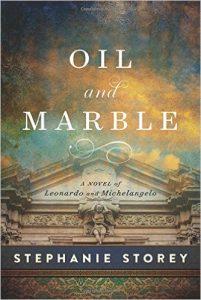 Stephanie Storey is a writer and art fanatic. She has a degree in Fine Arts from Vanderbilt University and an MFA from Emerson College. She studied art in Italy and went on a pilgrimage to see every Michelangelo on display in Europe.
Stephanie Storey is a writer and art fanatic. She has a degree in Fine Arts from Vanderbilt University and an MFA from Emerson College. She studied art in Italy and went on a pilgrimage to see every Michelangelo on display in Europe.
She’s an award-winning television producer of shows like Tavis Smiley on PBS, The Writers’ Room on Sundance, and The Arsenio Hall Show for CBS. She has lived in Los Angeles for 15 years, but currently, she is on the road with her husband, traveling across the country and to Europe on book tour.
Oil and Marble is her debut novel.
Category: Contemporary Women Writers, How To and Tips






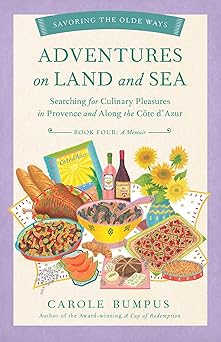
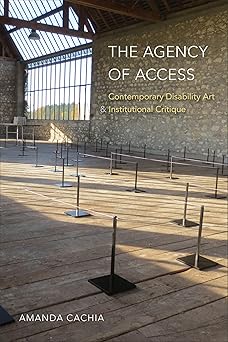
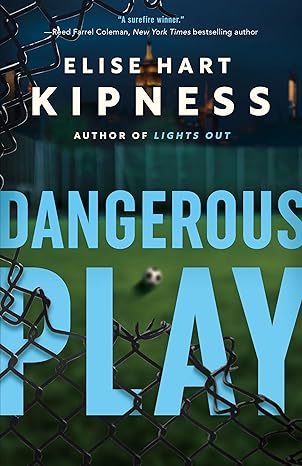
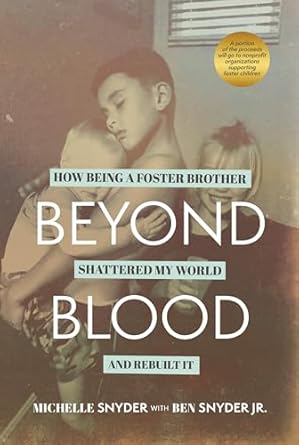
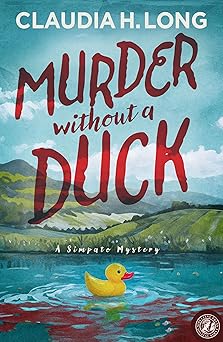
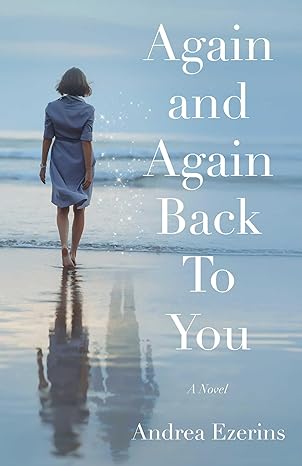

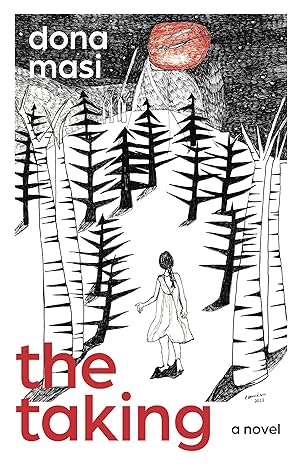



So few writers reach for beauty now. I read The Great Gatsby and weep (not literally) because it’s so rare to find anyone who tries for beautiful sentences now.
Great piece. Thanks for sharing. Could you rewrite it referring entirely to female artists? Or is that just not possible? It always saddens me to see the male line up when we look for inspiration to the past. There are great female artists but consistently overlooked… we need to draw them from the shadows! But I loved your post …And often find ideas in art too!